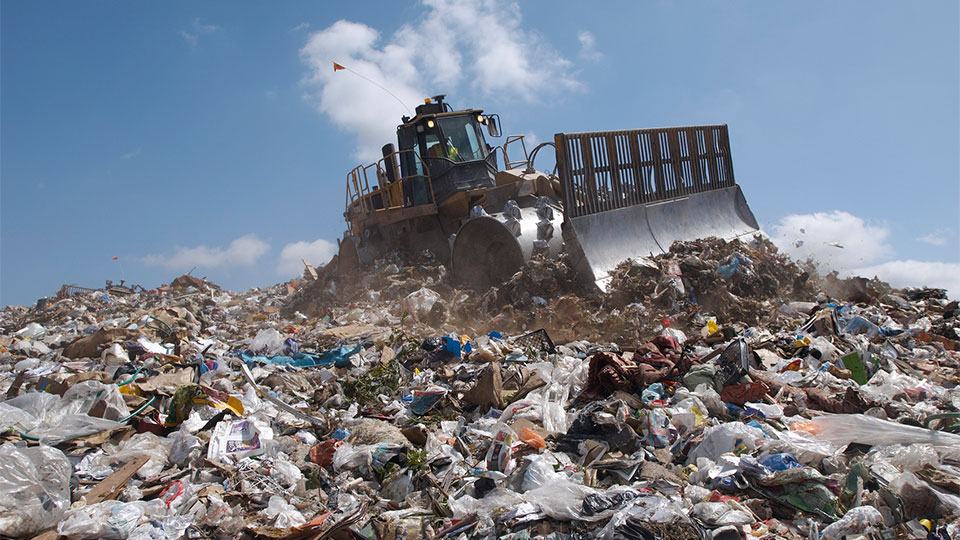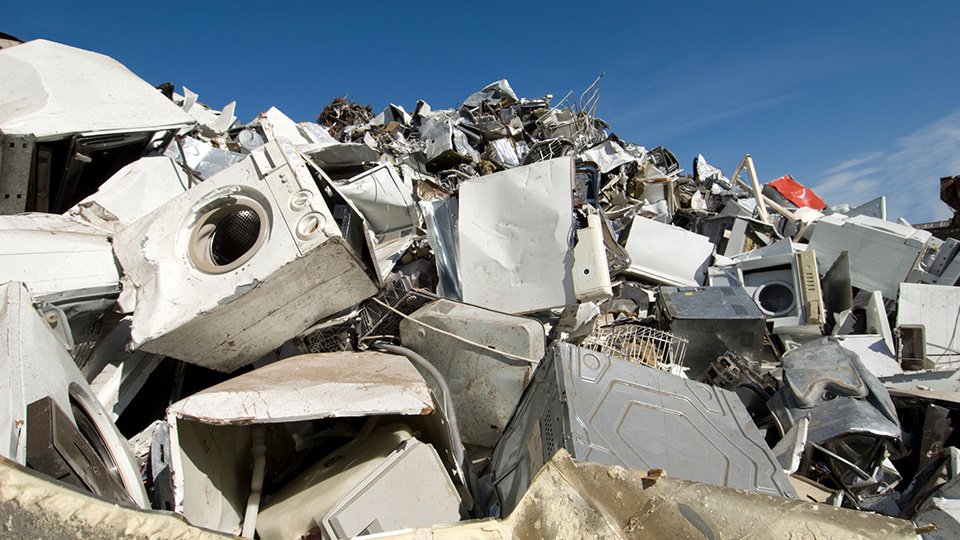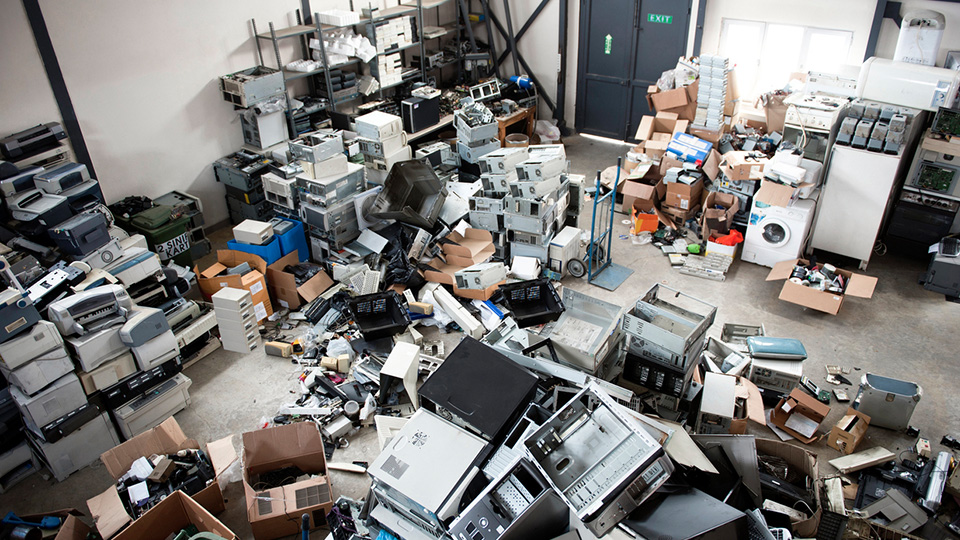Unlike true love, rubbish dumps don’t last forever. However, some of their contents do, and when a landfill starts to leak or erode, nasty stuff can make it out into the wider environment and become impossible to contain.
In Victoria alone, dozens of old landfills are already suspected of leaking toxic materials into soil and waterways. In Port Fairy, coastal erosion is exposing an old rubbish dump, depositing the contents onto an otherwise pristine beach and creating a multi-million dollar headache for the local council.
Australia is far from alone in having old and problematic landfill sites. And while tighter regulations may now make landfills safer in Australia, think of the issues in less developed countries. In many cases their rubbish dumps are any vacant land or the nearest river.






